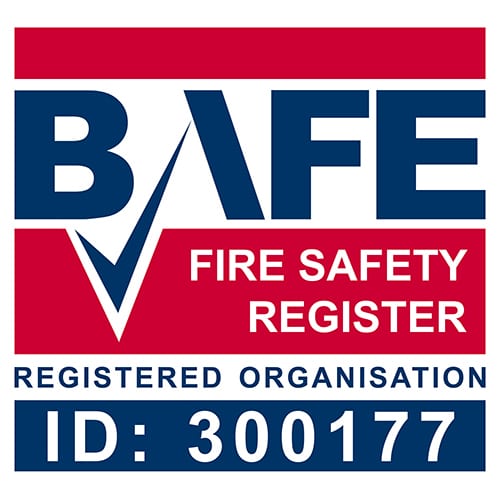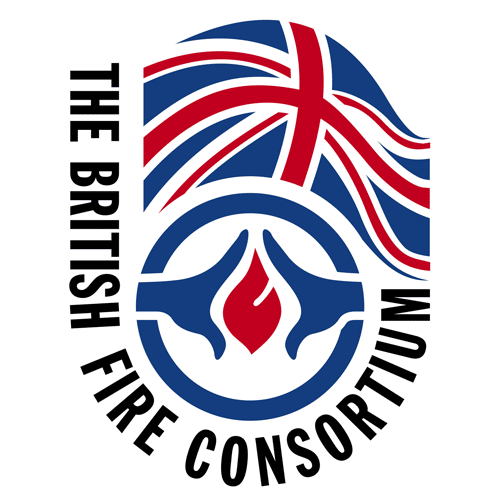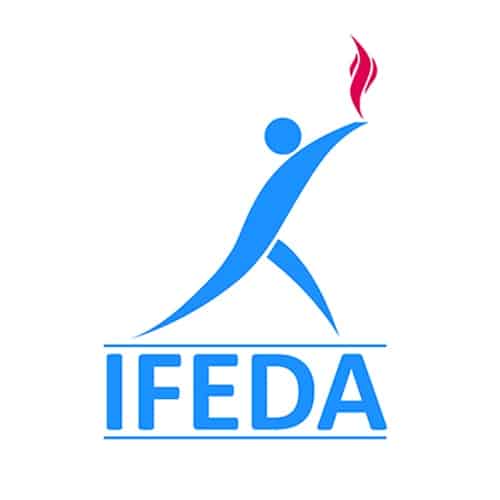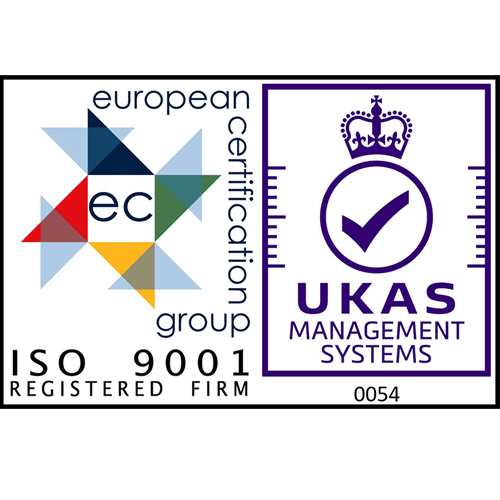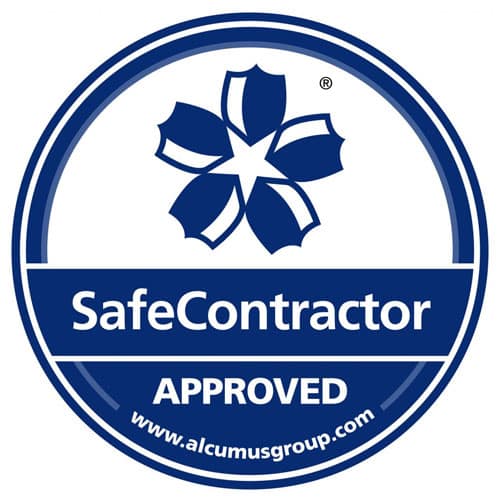Brookside Fire Service supply British designed fire extinguishers to the latest standard BSEN 3, complete with kite mark, CE mark and a 5 year guarantee. There are no hidden costs and all fire extinguishers are commissioned onsite by our qualified engineers.
Find out more about our Fire Extinguisher Service.
Fire Extinguishers: Class Key
Fires are classified based on what type of fire it is. This can often help to determine the right course of protection needed and the equipment you can use. Learn more about the classes of fires with Brookside Fire.
Electrical Risks
Class A: Wood, Paper, Fabrics, Organic
Class B: Flammable Liquids
Class C: Flammable Gases
Class D: Flammable Metals
Class F: Cooking Oils
Water Extinguishers
Water extinguishers are used for class A fires. They cannot be used in a gaseous or flammable situation, where ignition is the key to the combustion.
Water with additive
Suitable for class A type fires involving combustible materials such as wood, paper and fabrics. This extinguisher gives up to 150% more firefighting capability than conventional water and is 30% lighter.
AFFF Extinguishers
AFFF ExtinguisherFoam extinguishers are not effective against running fires, but are effective against contained fires, providing protection for class A and B fires.
Wet Chemical Extinguishers
Wet Chemical extinguishers are designed to extinguish fires that could reach 500 degrees centigrade, such as class F cooking oil fires. It is also effective on class A fires involving freely burning materials, such as paper and wood.
CO2 Extinguishers
The CO2 extinguisher is effective on class B and electrical fires and is recognised for its non damaging high performance and non conductivity.
It may be ineffective on class A fires as it may not displace enough oxygen to extinguish it.
Dry Powder Extinguishers
Powder extinguishers are extremely effective at putting out class A, B, C and D* fires. They can, however, mask out an escape route and damage surrounding equipment.
*class D (flammable metals) fires can be extinguished using specialist dry powder.
Fire Extinguisher Service
Dangers of Purchasing Internet Fire Extinguishers
If a fire extinguisher is purchased from a website it will probably be delivered by courier in a van. It would not be possible to ‘commission’ it before it is sent out as it could be damaged, discharged, or have lost pressure en route.
For more on fire extinguisher commissioning and to find fire extinguishers commissioning in Birmingham, take a look here and contact Brookside Fire to help you.
Read more about purchasing fire extinguishers online.
Fire Extinguisher FAQ's
A fire extinguisher is a portable device used to extinguish or control small fires. It typically consists of a cylindrical metal canister filled with a fire suppressant material, such as water, foam, dry chemical, or carbon dioxide.
The acronym PASS can help you remember how to use a fire extinguisher:
P - Pull the pin to release the locking mechanism.
A - Aim the nozzle or hose at the base of the fire.
S - Squeeze the handle to release the fire suppressant material.
S - Sweep the nozzle or hose from side to side to extinguish the fire.
The type of fire extinguisher you need depends on the type of fire that is most likely to occur in the area where the extinguisher will be located. It is important to consult with a fire safety professional to ensure that you have the correct type of extinguisher for your needs.
Fire extinguishers should be inspected at least once a year by a certified professional. In addition, a visual inspection should be conducted monthly to ensure that the extinguisher is in good condition and has not been discharged.
The lifespan of a fire extinguisher depends on several factors, including the type of extinguisher, the quality of the components, and the level of maintenance. In general, most fire extinguishers have a lifespan of between 5 and 15 years.
Yes, most fire extinguishers can be refilled by our certified professionals here at Brookside Fire Service. However, it is important to ensure that the extinguisher is in good condition and has not been damaged before refilling. If you contact us, we will be able to provide you with a full Fire Extinguisher refill service.
At Brookside Fire, we offer a range of fire extinguishers near me and in Birmingham, accompanied by a regular fire extinguisher maintenance service.
For those who need fire extinguisher training for themselves, or their staff, you can book this with Brookside Fire too.

